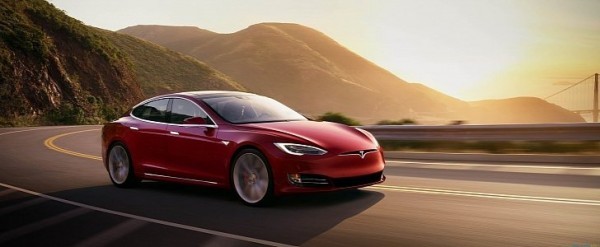
Range anxiety includes everything from the fear that the current range of EVs is not enough for one’s daily needs to the fear that a charging station will never be around when you need it. Somewhere in between these two sits the fear of waiting to much time at the charging station, waiting for the battery to fill up.
So how does one get the most mileage out of their electric car?BEATING WIND RESISTANCE
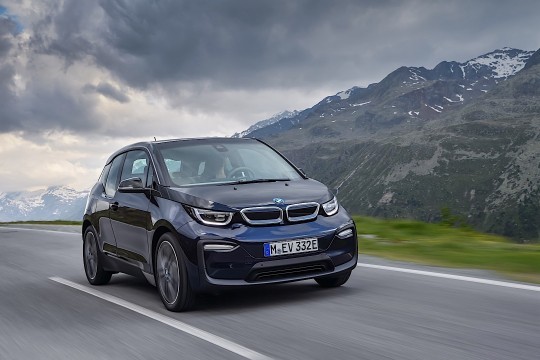 One of the biggest enemy for range of cars of all types is wind resistance, or drag. Usually, when a car is moving down a road it is opposed by the air with a force that depends on several key factors. The higher the drag, the more electricity the car has to use to keep those wheels spinning at the desired speed.
One of the biggest enemy for range of cars of all types is wind resistance, or drag. Usually, when a car is moving down a road it is opposed by the air with a force that depends on several key factors. The higher the drag, the more electricity the car has to use to keep those wheels spinning at the desired speed.
One of the most important factors influencing air resistance is the design of the car. As a rule, carmakers design their cars in such a way as to provide the vehicle with as much range as possible. Aftermarket bits and parts fitted on the cars pretty much ruin that.
So, the first thing to do when planning to achieve maximum range in an electric car is to keep it as close to the factory design as possible. That means no unnecessary fittings like roof or bicycle racks.
It also means no adorning your car with stick-on flags, different mirror caps, and so on. Also, even changing the windscreen wipers with ones not factory-made might affect drag and lower the range of the car. DON’T UNDER OR OVER INFLATE THE TIRES
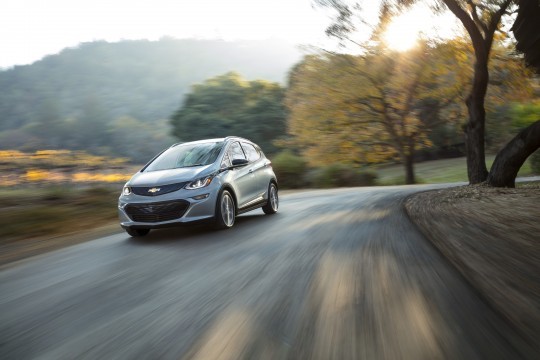
Just as air opposes a car’s forward motion, so does the running surface.
First off, electric cars provide more instant torque, which translates into more strain on the tires so fitting regular ones would cause them to wear out faster. A worn out tire has to fight more to get rolling.
So low resistance tires with shallower tread are the ideal ones for electric cars. Some producers in the industry have already begun rolling out tires purpose-built for EVs.
When the fitting of low resistance tires has been solved, one must check they are at the correct pressure and wheel alignment as per the manufacturer's specifications.CHECK THAT WEIGHT
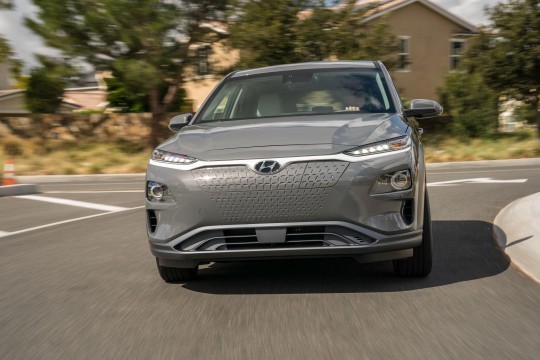 The heavier the car, the more trouble it will have getting the desired range. Unfortunately, short of kicking people out of the vehicle, there’s little one can do to influence the standard weight of a car.
The heavier the car, the more trouble it will have getting the desired range. Unfortunately, short of kicking people out of the vehicle, there’s little one can do to influence the standard weight of a car.
There are however some things one can do to stop it from gaining extra pounds. Remember all those unused cans in the trunk? The plastic bottles, more or less filled, scattered all over the interior? Even those pieces of paper?
Try and keep the car as clean as possible and get rid of unused and unnecessary stuff lying around in the car, as every extra ounce can affect range.TURN OFF UNESSENTIAL SYSTEMS
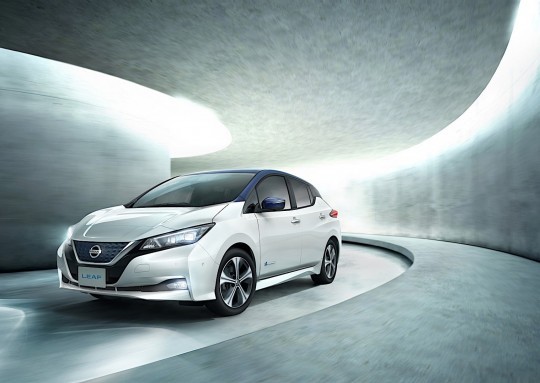 Every system in a car uses electricity, and despite the fact that most EVs have a separate battery for auxiliary systems to use, there are some that still drain power from the range battery.
Every system in a car uses electricity, and despite the fact that most EVs have a separate battery for auxiliary systems to use, there are some that still drain power from the range battery.
The most important of these systems is the air conditioning, which should be turned off if you want to achieve more miles on a single charge. Having the windows rolled up and the air conditioning turned off might not make for the most pleasant ride during hot summer days, but if increased mileage is what you’re aiming for…DRiVING SKILLS
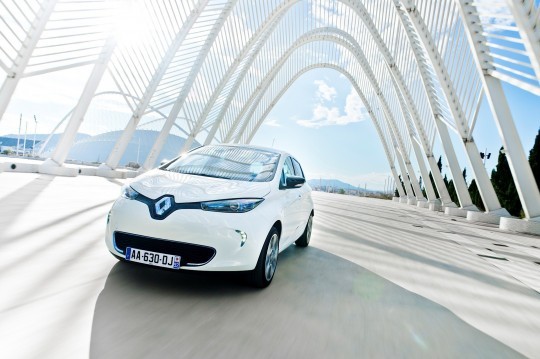 All of the above are measures anyone can take to ensure their electric car gets them as far as possible. Actually driving the car could however have a much bigger impact on how many miles one can drive before depleting the battery.
All of the above are measures anyone can take to ensure their electric car gets them as far as possible. Actually driving the car could however have a much bigger impact on how many miles one can drive before depleting the battery.
The first thing to do is keep things running smooth, with no sudden braking or accelerating. Because of the instant torque provided by electric cars, flooring it might become routine for drivers. Try to avoid that if you aim for mileage. Acceleration should be smooth and gradual, and so should be braking.
While driving, try and maintain a constant speed, even by using cruise control, if available. Try to use the terrain as much as possible and, for instance, let the car go down a sloping road on its own, without throttle input.
WHAT NOT TO DO, NO MATTER HOW GOOD IT SOUNDS
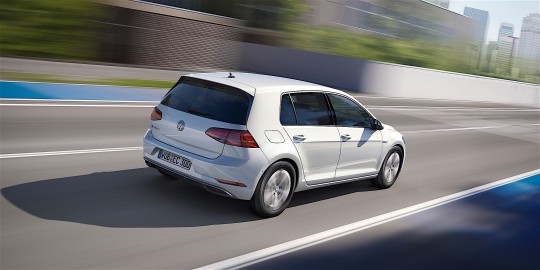
There are some hypermiling techniques that in theory could prove very effective, but in practice are dangerous. These practices are, in some parts of the world, illegal.
First, we have drafting, which essentially means you can align your car right in the wake of the one in front so that you can benefit from slipstreaming.
When done right, the maneuver can have the car in the back benefit from a significant reduction in use of energy. When done wrong, it can end in tragedy, as drafting is usually more effective at high speeds.
Secondly, we have those who completely turn off the car in certain conditions in the hope that if nothing is running, the juice stays in the battery. This is a very dangerous method to increase mileage.
Hypermiling is a technique to be used only when needed. SInce filling up a car's electric battery is not that expensive, using hypermiling with electric cars is recommended only when the battery is depleting and there's no charging station in sight.








